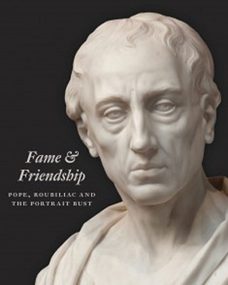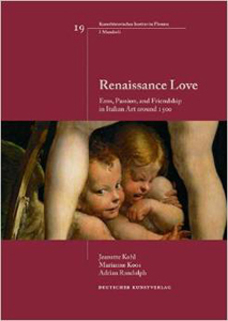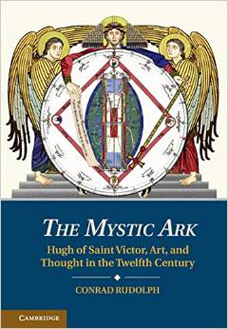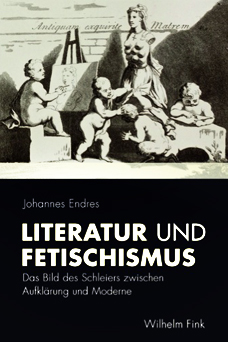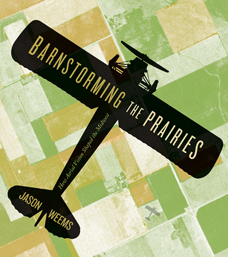 Barnstorming the Prairies: How Aerial Vision Shaped the Midwest
Barnstorming the Prairies: How Aerial Vision Shaped the Midwest
2015,University Of Minnesota Press
Barnstorming the Prairies offers a panoramic vista of the transformative nature and power of the aerial vision that remade the Midwest in the wake of the airplane. This new perspective from above enabled Americans to conceptualize the region as something other than isolated and unchanging, and to see it instead as a dynamic space where people worked to harmonize the core traditions of America’s agrarian character with the more abstract forms of twentieth-century modernity. In the maps and aerial survey photography of the Midwest, as well as the painting, cinema, animation, and suburban landscapes that arose through flight, Weems also finds a different and provocative view of modernity in the making. In representations of the Midwest, from Grant Wood’s iconic images to the Prairie style of Frank Lloyd Wright to the design of greenbelt suburbs, Weems reveals aerial vision’s fundamental contribution to regional identity—to Midwesternness as we understand it.


